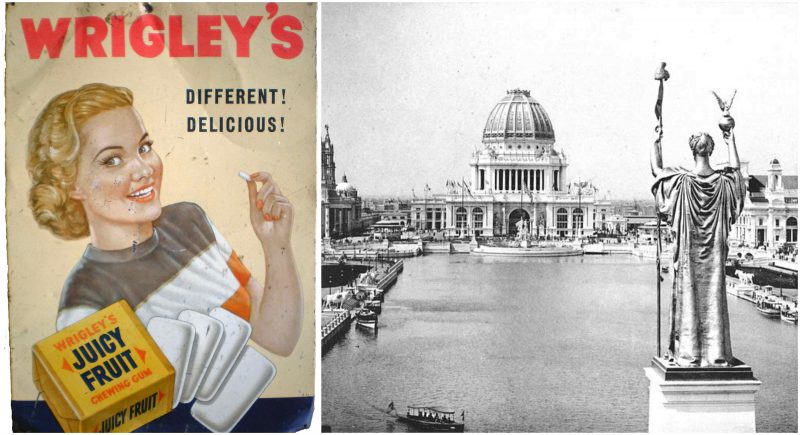The World’s Columbian Exposition was a world’s fair held in Chicago in 1893 to celebrate the 400th anniversary of Christopher Columbus’s arrival in the New World in 1492. The iconic centerpiece of the Fair, the large water pool, represented the long voyage Columbus took to the New World. Chicago bested New York City; Washington, D.C.; and St. Louis for the honor of hosting the fair. The Exposition was an influential social and cultural event and had a profound effect on architecture, sanitation, the arts, Chicago’s self-image, and American industrial optimism.
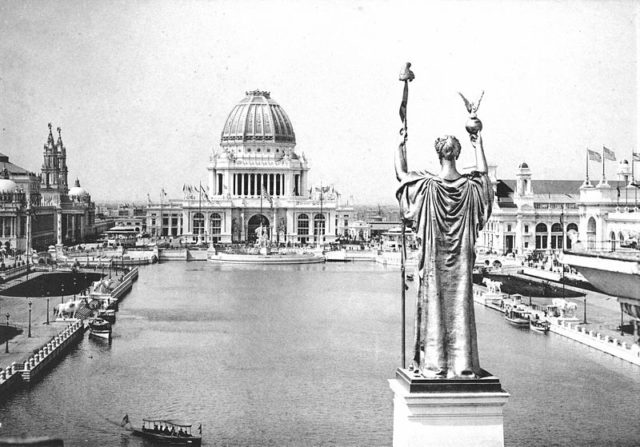
The exposition covered more than 600 acres (2.4 km2), featuring nearly 200 new (but purposely temporary) buildings of predominantly neoclassical architecture, canals and lagoons, and people and cultures from 46 countries. More than 27 million people attended the exposition during its six-month run.
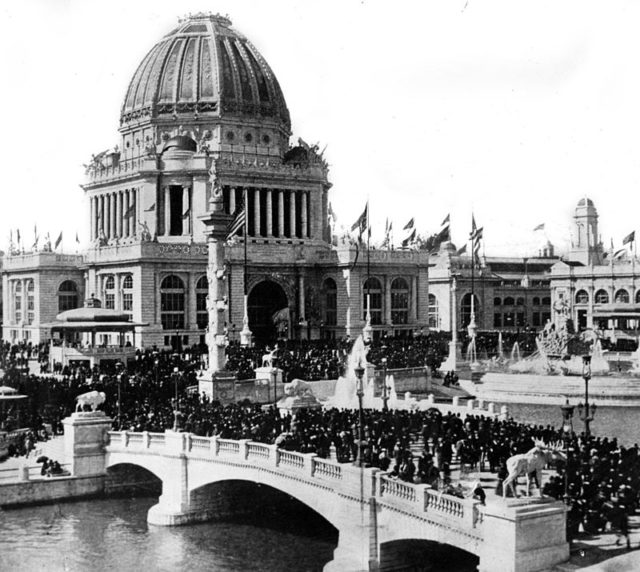
Its scale and grandeur far exceeded the other world’s fairs, and it became a symbol of the emerging American Exceptionalism, much in the same way that the Great Exhibition became a symbol of the United Kingdom’s Victorian era.
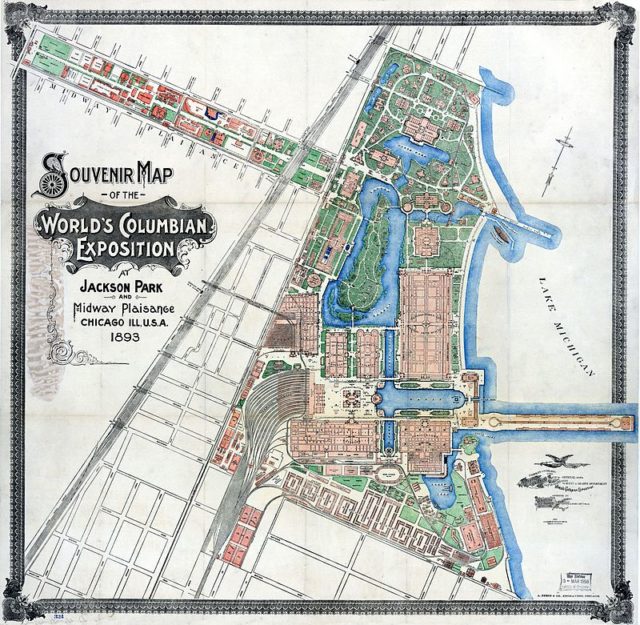
The World’s Columbian Exposition was the place where besides the wonderful arrangements with music, exhibitions, and many other great things, there was plenty presented of the art everyone loves and enjoys – edibles and potables. Here we go:
Cream of Wheat
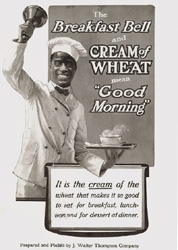
“Cream of Wheat” is a brand of farina, a type of breakfast porridge mix made from wheat semolina. It looks similar to grits but is smoother in texture since it is made with ground wheat kernels instead of ground corn. It was first manufactured in the United States in 1893 by wheat millers in Grand Forks, North Dakota.
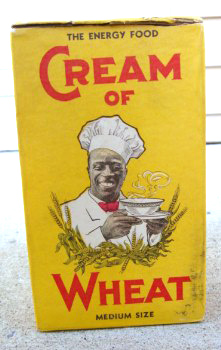
The product made its debut at the 1893 World’s Columbian Exposition in Chicago. Before January 2007, Cream of Wheat was a Nabisco brand made by Kraft Foods. In January 2007, B&G Foods acquired the brand and all rights to market the cereal.
Hershey’s chocolate
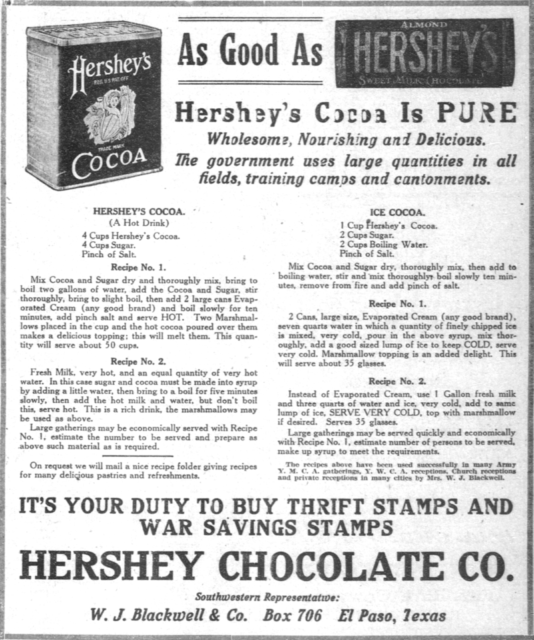
Milton Hershey bought a European exhibitor’s chocolate manufacturing equipment and added chocolate products to his caramel manufacturing business at the World’s Columbian Exposition in Chicago. After that travel to Chicago, he sparked an interest in chocolate. After a long time of deciding, he took a risk and sold Lancaster Caramel Company for one million dollars to start the famous Hershey Chocolate Company. Hershey Chocolate Company founded by in 1894 as a subsidiary of Milton’s Lancaster Caramel Company.
Juicy Fruit
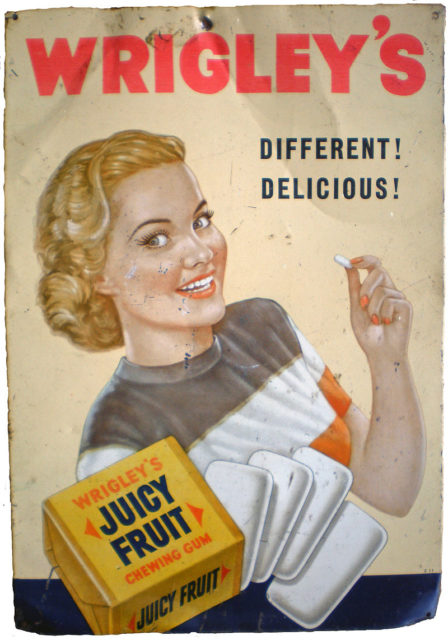
Juicy Fruit is a flavor of chewing gum made by the Wrigley Company, a U.S. company that since 2008 has been a subsidiary of the privately-held Mars Incorporated. It was introduced in 1893 at the World’s Columbian Exposition in Chicago, and in the 21st century, the brand name is recognized by 99 percent of Americans, with total sales in 2002 of 153 million units.
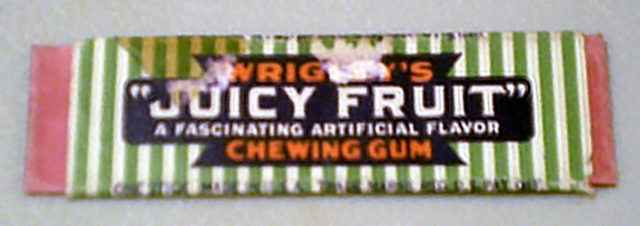
Which fruit serves as the model for its flavor is kept vague in advertising, though in 2003, advertising agency BBDO characterized it as a combination of banana and pineapple, and some people say it resembles jackfruit. According to two books in the Imponderables series, peach is one crucial flavor among many others.
Shredded wheat
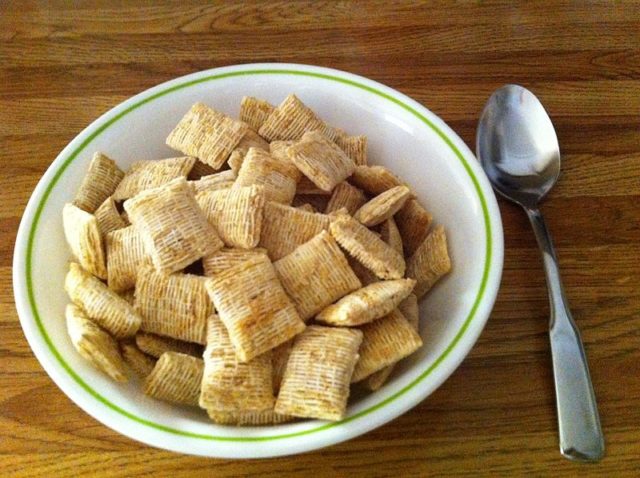
Shredded wheat is a breakfast cereal made from whole wheat formed into pillow-like biscuits. It is commonly available in three sizes — bite sized (¾×1 in), miniature (nearly half the size of the bite-sized pieces), and original. Premiering to the public at Chicago’s World Columbian Exposition in 1893, shredded wheat cereal was then manufactured by The Natural Food Company in Niagara Falls, New York in 1901.
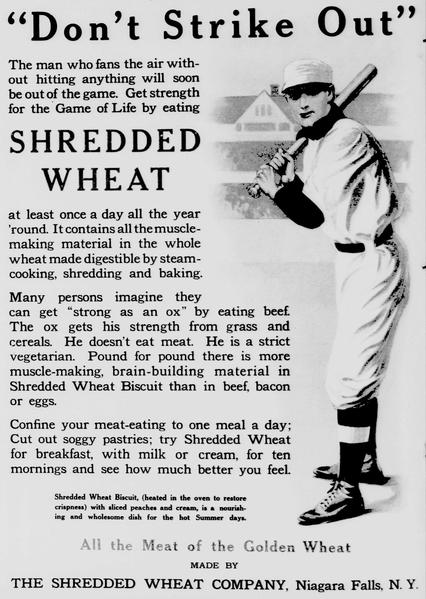
Shredded Wheat has a particular place in UK popular culture due to a long-running television advertising campaign. The campaign in the 1970s featured Linda Hoyle, singing the lyrics:
- “There are two men in my life,
- To one, I am a mother,
- To the other, I’m a wife,
- And I give them both the best
- With natural Shredded Wheat”
Pabst Blue Ribbon
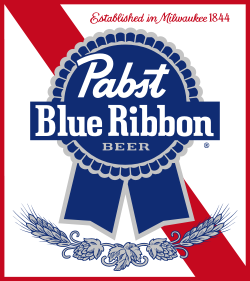
Pabst Blue Ribbon is an American lager beer sold by Pabst Brewing Company, established in Milwaukee, Wisconsin in 1844 and currently based in Los Angeles. The company has historically claimed that its flagship beer was renamed Pabst Blue Ribbon following its win as “America’s Best” at the World’s Columbian Exposition in Chicago in 1893.
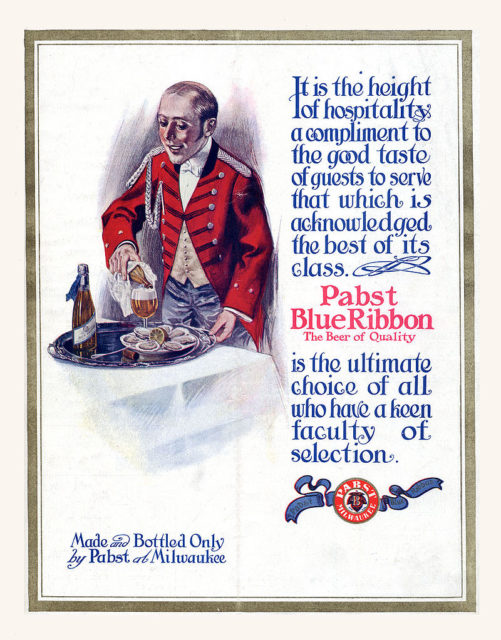
“This is the original Pabst Blue Ribbon Beer. Nature’s choicest products provide its prized flavor. Only the finest of hops and grains are used. Selected as America’s Best in 1893.” – Quote from PBR label, referring to the award it received at the 1893 World’s Columbian Exposition.
Aunt Jemima
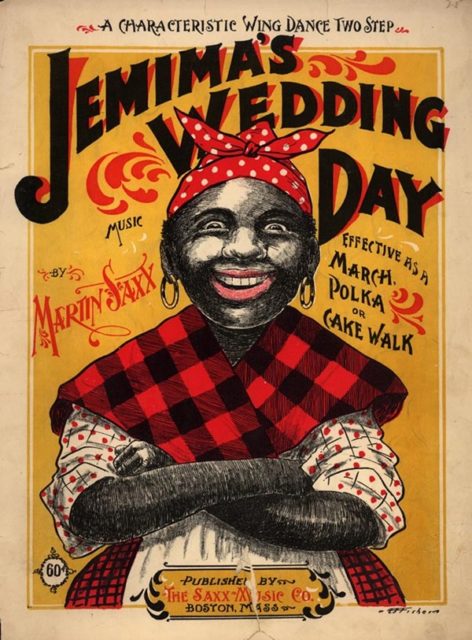
Aunt Jemima is a brand of pancake mix, syrup, and other breakfast foods owned by the Quaker Oats Company of Chicago. The trademark dates to 1893, although Aunt Jemima pancake mix debuted in 1889.
The R. T. Davis Milling Company hired former slave Nancy Green as a spokesperson for the Aunt Jemima pancake mix in 1890. As Jemima, Green operated a pancake-cooking display at the World’s Columbian Exposition in Chicago, in 1893, appearing beside the “world’s largest flour barrel”.
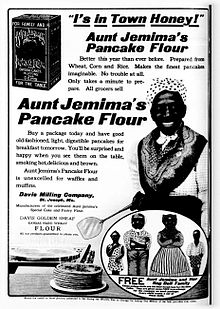
From this point on, marketing materials for the line of products centered around the stereotypical mammy archetype, including the Aunt Jemima marketing slogan first used at the World Fair: “I’s in Town, Honey”.
